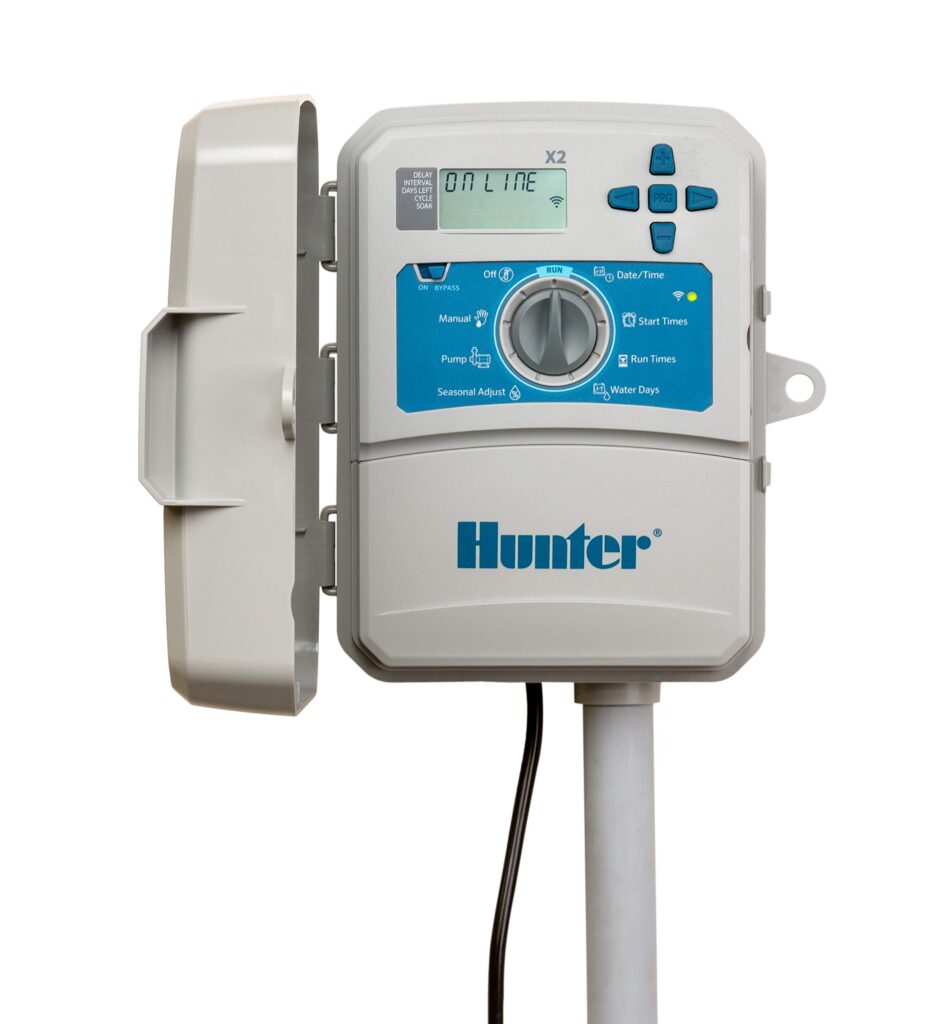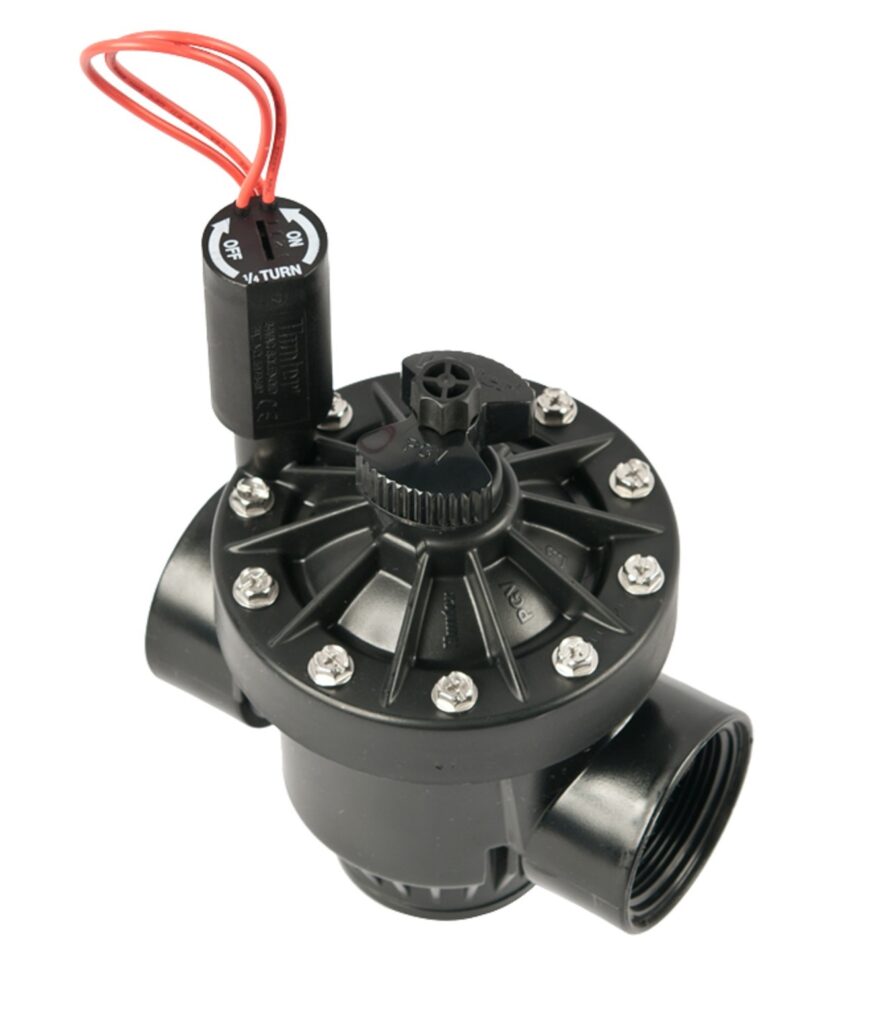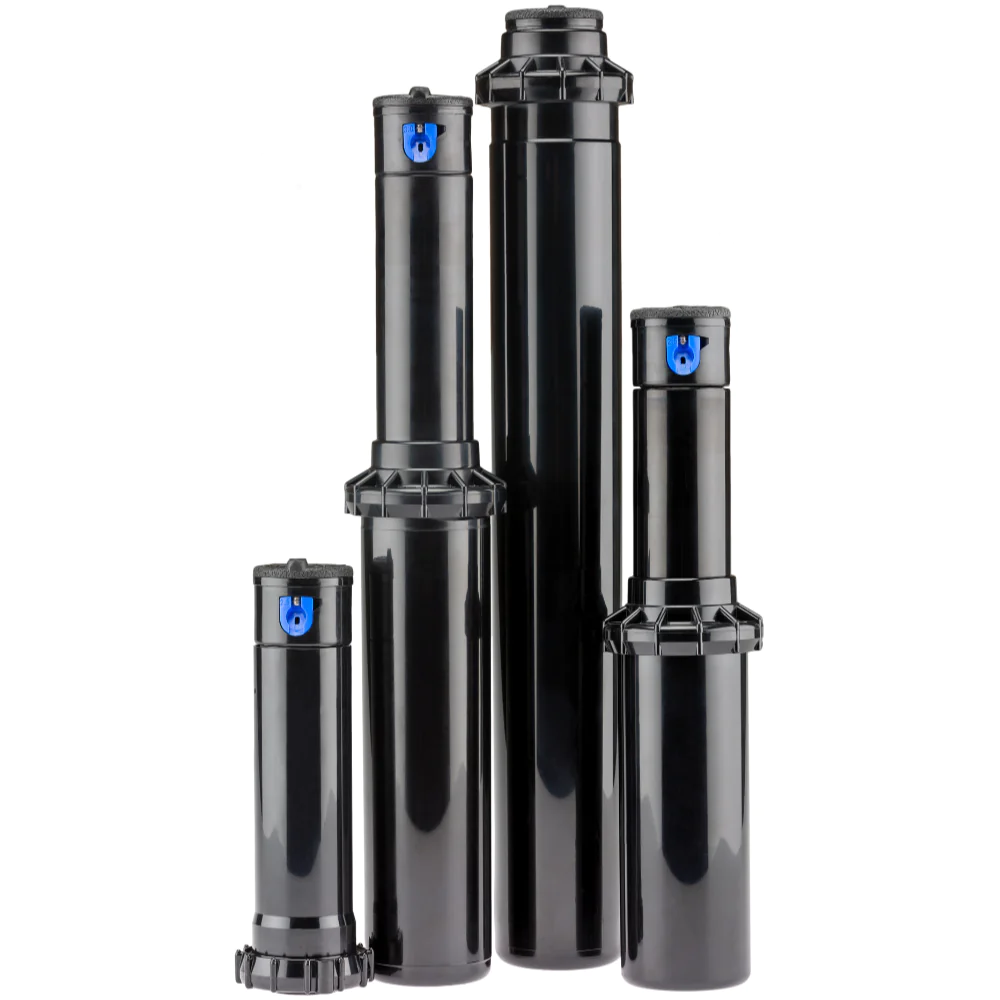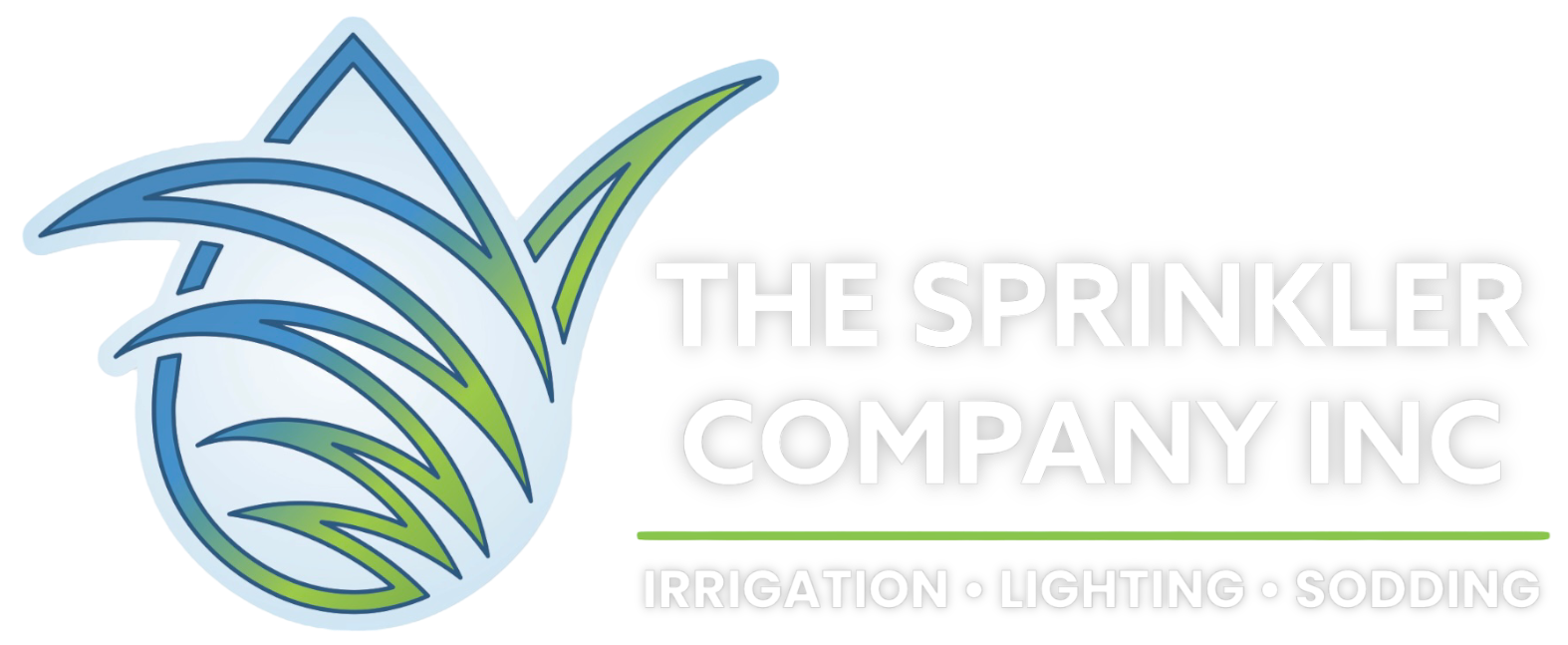The typical yard sprinkler system parts do most of their work underground and out of sight, but despite its mysterious nature, the operation of a basic sprinkler system is not complex. The system consists of only a few different types of parts, all of which have the simple goal of moving water to the right place at the right time. So what sprinkler system parts are most important?
Timer
In most modern yard sprinkler systems, an electronic timer controls the flow of water from the main water source into the system. It determines when the system turns on and off, and it controls the valves that determine which parts of the system operate at a given time. A typical timer allows you to set a regular watering schedule, and some timers allow different parts of the system to follow different schedules. Advanced timers may have moisture sensors to automatically determine when to shut off the system and suspend the watering schedule when it’s raining.


Control Valves
A series of valves control the flow of water through the sprinkler system. Because water pressure is usually inadequate to run the entire system at one time, these valves are used to divide the system into zones that are run independently of one another. In systems with an automatic timer, the timer controls the valves, opening and closing them according to the programmed watering schedule, so that each zone is watered when necessary. The valves are connected to the timer with wires through which the control signals are transmitted, and the valves are often grouped together in an arrangement, called a manifold, to minimize wiring and make maintenance more convenient.
Control Valves
A series of valves control the flow of water through the sprinkler system. Because water pressure is usually inadequate to run the entire system at one time, these valves are used to divide the system into zones that are run independently of one another. In systems with an automatic timer, the timer controls the valves, opening and closing them according to the programmed watering schedule, so that each zone is watered when necessary. The valves are connected to the timer with wires through which the control signals are transmitted, and the valves are often grouped together in an arrangement, called a manifold, to minimize wiring and make maintenance more convenient.

Pipes and Risers
A system of horizontal PVC pipes carries the water from the main water source to the control valves and from the valves to the sprinkler heads. The risers are short vertical pipes. They extend upwards from horizontal pipes where sprinkler heads are required and the heads are attached directly to risers.

Sprinkler Heads
Sprinkler heads are positioned around the yard to provide full coverage of the lawn and planting beds. The most common types of sprinkler heads retract to sit at or slightly below grade level when they are not operating. When the head’s zone is activated, water pressure causes the head to pop up and spray water. Sprinkler heads come in a range of types designed for different applications. Oscillating heads rotate as they operate and cover a large area. Stationary heads spray water in a pattern that can vary from a full circle to a narrow arc and can be directed to cover a specific area. Low-flow or drip heads are designed to deliver small amounts of water directly to planting beds to reduce waste.
Sprinkler Heads
Sprinkler heads are positioned around the yard to provide full coverage of the lawn and planting beds. The most common types of sprinkler heads retract to sit at or slightly below grade level when they are not operating. When the head’s zone is activated, water pressure causes the head to pop up and spray water. Sprinkler heads come in a range of types designed for different applications. Oscillating heads rotate as they operate and cover a large area. Stationary heads spray water in a pattern that can vary from a full circle to a narrow arc and can be directed to cover a specific area. Low-flow or drip heads are designed to deliver small amounts of water directly to planting beds to reduce waste.


